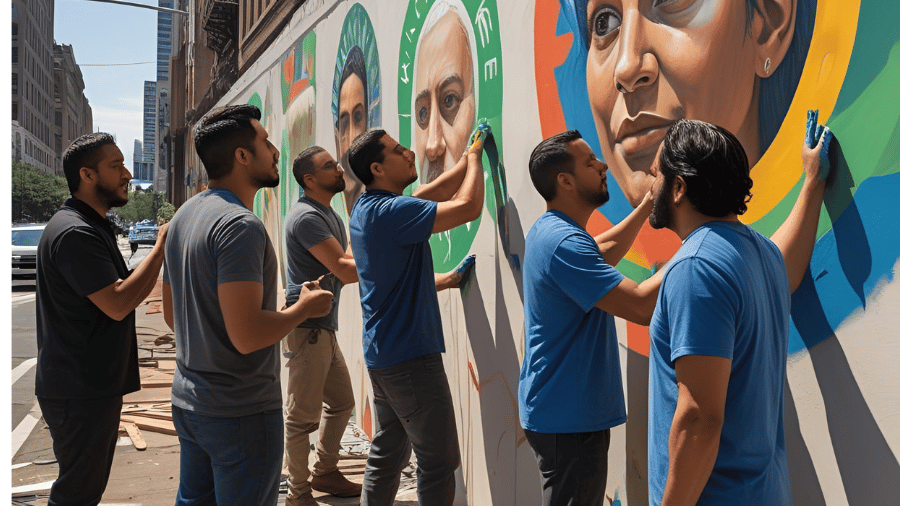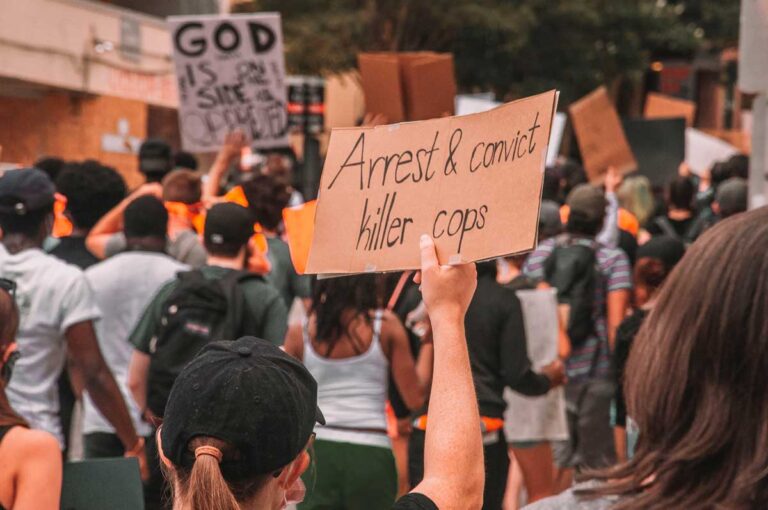The Cultural Architects: How Storytellers, Artists, and Activists Are Shaping a New Global Consciousness

In a world dominated by metrics, markets, and machines, the real change-makers of 2025 are not always the CEOs or tech founders. Sometimes, they are the poets, the painters, the grassroots leaders. They are the ones who dare to speak uncomfortable truths through their work, inspire empathy in divided times, and stir collective awakening. These are the cultural architects—storytellers, artists, and activists—whose power lies not in policy or profit, but in the ability to shift minds and reshape narratives. In 2025, their role is not just relevant, it is essential.
Across the globe, we are witnessing a resurgence of art and storytelling as tools of transformation. It is not just about aesthetics or performance anymore. Artists are stepping into the roles of healers, historians, and human rights defenders. From street murals addressing climate justice to spoken-word performances reclaiming marginalized identities, creative expression is no longer confined to galleries or stages. It is spilling into streets, screens, and schools—calling attention to the issues that institutions ignore.
Take for example the global rise of climate storytelling. In Brazil, indigenous artists are using film and dance to share ancestral knowledge and protest deforestation. In the Arctic, Inuit youth are using animation and social media reels to preserve disappearing languages and warn about rising sea levels. In India, climate fiction writers are publishing novels that blend mythology with futuristic ecological collapse. These creative projects make climate change relatable and emotional. They turn abstract data into lived experience. They bridge science and soul.
Similarly, women-led storytelling movements are reshaping the conversation around gender and power. Initiatives like “SheNarrates” and “Voices Unveiled” are amplifying narratives of resilience from communities long silenced. Whether it’s a podcast series from a Syrian refugee camp or an Instagram poetry account from a small town in India, the impact is real. These stories are challenging stereotypes, offering new role models, and reminding the world that agency comes in many forms.
In Africa, hip hop is being used as a medium for political resistance and civic education. In Ghana, artists are rapping about corruption, unemployment, and hope. In Nigeria, digital artists are visualizing a future led by youth and tech. What was once just music or illustration has now become a platform for leadership. These cultural expressions are engaging the public in ways formal systems have failed to.
Activism today is also evolving in its form and reach. It is decentralized, collaborative, and creative. Hashtag movements have now matured into long-term campaigns. Artists are no longer just supporters of social movements—they are often leading them. When George Floyd’s mural went viral across the globe, it wasn’t just an image. It was a visual manifesto. Art doesn’t only reflect society—it shapes it.
In countries like South Korea and Germany, storytellers are using theatre and documentaries to address mental health stigma. These efforts are working hand in hand with healthcare campaigns, showing the role of cultural creators in building emotional infrastructure. In Palestine and Ukraine, writers and illustrators are archiving real-time conflict through powerful visual journalism and resistance art. These expressions humanize headlines and give voice to pain in places the world too often forgets.
What is significant in 2025 is how these cultural movements are intersecting with technology. Augmented reality is now used to create immersive stories of migration. Blockchain is being explored to give indigenous artists full ownership of their creative rights. Digital murals are being collaboratively painted in real-time across continents using interactive screens. The merging of art and tech is not just novel—it’s necessary for global reach and sustainable impact.
Yet, the work of cultural architects isn’t always recognized in mainstream development or policy circles. Funding is scarce. Platforms are uneven. But what’s becoming increasingly clear is this: policy may set the direction, but culture sets the pace. Without shifting hearts and habits, no law or invention can bring lasting change. And for that, we need more than strategy—we need story.
Universities around the world are starting to take note. Interdisciplinary programs in “Artivism” and “Narrative Strategy” are growing. Brands too are beginning to move beyond token campaigns and support deep, value-aligned collaborations with activists and artists. Social innovation hubs are investing in creative leadership. The shift is slow but visible.
One powerful example is the international network “CultureFirst,” which brings together cultural workers from across the globe to share resources, ideas, and impact models. In 2024, they organized a virtual art camp where refugees, journalists, and local artists co-created exhibitions that toured digitally in over 30 countries. It’s not just about creation, but connection.
The emotional literacy that artists bring is often what’s missing in boardrooms and bureaucracies. They know how to listen, how to notice patterns, and how to name what others fear to say. Whether it’s in conflict resolution, educational reform, or community rebuilding—artists and storytellers are playing key roles in building inclusive futures. Their lens is not just strategic but human.
In your neighborhood or online feed, there is likely a mural, a video, a poem, or a song that’s made you pause recently. That moment is not minor. It is how cultural shifts begin. Awareness is sparked before action is taken. The artists behind such work are not just content creators—they are consciousness shapers.
So how do we support them? It starts with visibility. Curate, commission, and share work that speaks truth. Create funding channels that value impact over virality. Protect creative freedom, especially in politically tense regions. And as individuals, let’s keep choosing stories that challenge us, art that opens us, and voices that bring others in.
As a reader, you might be an artist yourself—or maybe a policymaker, teacher, entrepreneur, or student. Wherever you stand, remember this: change does not always begin in a lab or a legislature. Sometimes, it begins with a story told at the right time, in the right way, to the right heart. That is the power of cultural architects.
To explore more global movements driven by creative leadership, visit UNESCO’s cultural initiatives or read our upcoming spotlight on Naila Rahim, an Afghan refugee using puppet theater to teach children about peace and belonging. You’ll find that behind every major shift, there’s often a storyteller lighting the way.




